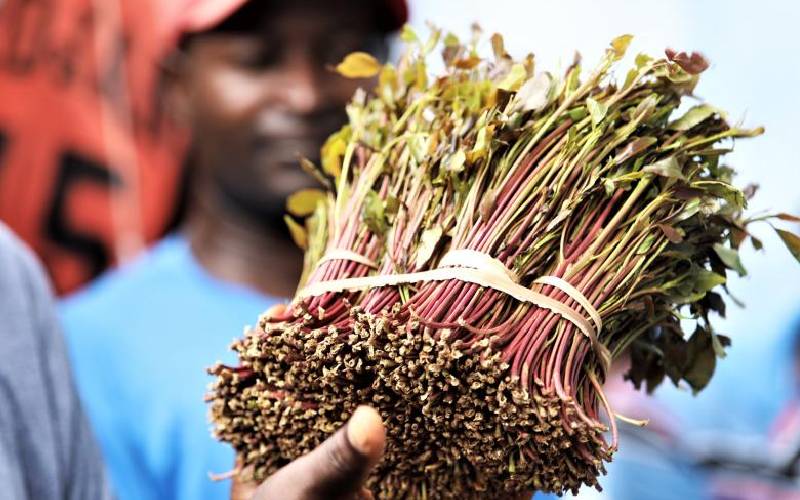×
The Standard e-Paper
Truth Without Fear

New regulations to govern miraa production and trade in Kenya have finally been published, three years after they were formulated.
Among other things, the Crops (Miraa) Regulations, 2022, will ensure the production of quality miraa, both for export and local consumption.